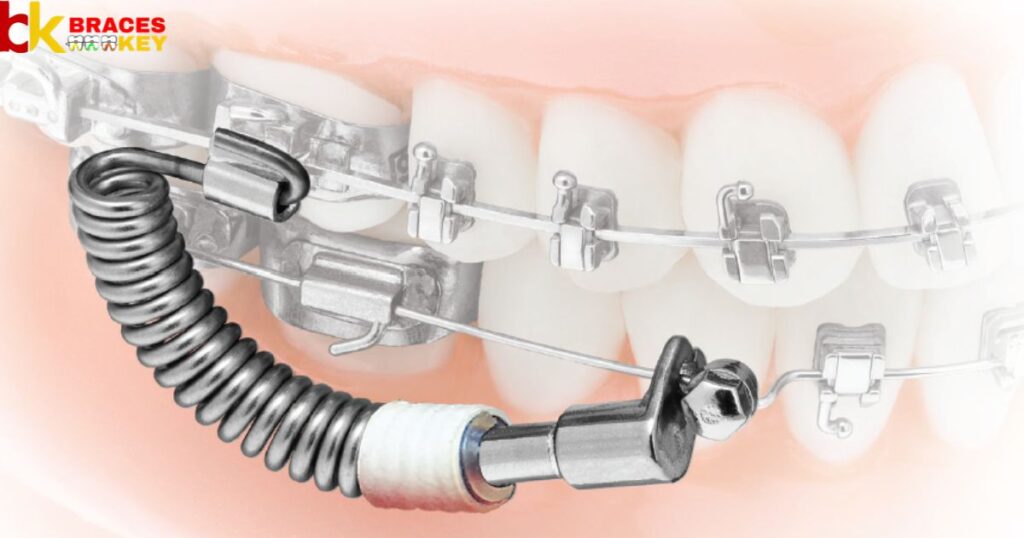Orthodontists are specialized dental professionals who focus on diagnosing, preventing, and correcting issues related to the alignment of teeth and jaws. They use various orthodontic devices, such as braces, to help patients achieve a straighter and healthier smile.
Can you switch orthodontists when you have braces? This question often arises when individuals are unhappy with their current orthodontic care or need to relocate to a new area. It’s essential to understand the possibilities and considerations when contemplating a change in orthodontists during your braces treatment.
Switching orthodontists when you have braces can be a feasible option under certain circumstances. Patients might need to switch due to various reasons, such as relocating to a different city or having concerns about their current orthodontic treatment plan.
Reasons for Considering a Switch
When the question of changing orthodontists arises, it’s usually driven by specific reasons. Here are some common factors that may lead patients to contemplate switching.
Relocation to a New Area

Moving to a different city or state can make it impractical to continue treatment with the current orthodontist. Finding a new orthodontist in the new location becomes a necessity. The logistics of regular appointments and adjustments can become too challenging, making it a practical decision to seek a local orthodontist.
Dissatisfaction with Current Orthodontic Care
Patients may feel that the treatment progress is not as expected or is taking longer than anticipated. Discomfort, poor communication, or a lack of confidence in the current orthodontist may also lead to dissatisfaction. In such cases, patients often explore the possibility of switching to an orthodontist who can better meet their expectations and needs.
A Change in Insurance or Financial Situation
Alterations in insurance coverage or financial circumstances can affect the ability to continue with the same orthodontist. Patients may need to seek orthodontic care that aligns better with their updated insurance or budget. Financial considerations often play a significant role in the decision to switch orthodontists.
Need for a Second Opinion
Some patients seek a second opinion when they have doubts about the recommended treatment plan. Seeking the expertise of another orthodontist can provide clarity and peace of mind. Second opinions can help patients make informed decisions about their treatment, especially if they have concerns about the proposed approach.
Consulting with Both Orthodontists

Before making any decisions regarding a switch, it’s crucial to consult with both your current and prospective orthodontists. This step is essential to ensure a smooth transition while maintaining your braces treatment.
Current Orthodontist Consultation
Schedule a meeting with your current orthodontist to discuss your concerns and reasons for wanting to switch. This is a critical step to maintain transparency and potentially address issues within the existing treatment plan. Your current orthodontist can provide insights and, in some cases, may be able to adjust the treatment plan to better meet your needs.
Prospective Orthodontist Consultation
Research and identify a new orthodontist who can meet your specific needs. Schedule a consultation to discuss your current treatment status, goals, and concerns. During this consultation, you can gauge the prospective orthodontist’s approach, experience, and how they plan to continue or modify your treatment. It’s also an opportunity to ensure that you are comfortable with the new orthodontist.
Transfer of Orthodontic Records

To facilitate the switch, ensure that all your orthodontic records are transferred from the old orthodontist to the new one. These records include X-rays, treatment notes, progress images, and any other relevant documentation. These records are essential for the new orthodontist to have a comprehensive understanding of your treatment history and current status.
Evaluation of Your Braces and Treatment Plan
The prospective orthodontist will evaluate your braces, including the type, adjustments, and progress. They will also review your treatment plan and determine if any modifications are necessary. This evaluation is a crucial step to ensure that your orthodontic treatment continues smoothly and aligns with your goals.
Transitioning to a New Orthodontist
The transition to a new orthodontist can be a smooth process if you follow certain steps and maintain open communication. Here’s what you can expect when switching orthodontists.
Initial Assessment
During your first visit to the new orthodontist’s office, you’ll undergo an initial assessment. The orthodontist will examine your braces, take necessary X-rays, and review your dental history. This assessment is essential to familiarize the new orthodontist with your current orthodontic status.
Adapting to the New Treatment Plan
Based on their assessment, the new orthodontist may suggest modifications to your treatment plan. This could include changes in braces type, adjustments, or estimated treatment duration. Adapting to the new treatment plan may involve some adjustments, but it’s a crucial part of ensuring the continued progress of your orthodontic journey.
Communication Between Orthodontists

Effective communication between your former and current orthodontists is essential to ensure a seamless transition. The two professionals should collaborate to ensure a smooth handover of your treatment. This collaborative effort is aimed at minimizing disruptions and ensuring that the progress made with your previous orthodontist is not lost.
Adjusting to the New Routine
You may need some time to adapt to the new orthodontic routine, including appointment schedules and the orthodontist’s technique. Following the new orthodontist’s instructions diligently is crucial for maintaining treatment progress. Open communication with your new orthodontist is key, as it allows you to address any concerns or questions that may arise during the transition.
FAQs
Is it possible to change orthodontists during braces treatment?
Yes, it’s possible to switch orthodontists while undergoing braces treatment.
What are some common reasons for wanting to switch orthodontists with braces?
Common reasons include relocation, dissatisfaction with current care, financial changes, and seeking a second opinion.
How should I approach switching orthodontists with braces?
Start by discussing your concerns with your current orthodontist, then consult with a prospective orthodontist in your new location.
What information needs to be transferred when switching orthodontists?
All your orthodontic records, including X-rays, treatment notes, and progress images, should be transferred.
What can I expect during the transition to a new orthodontist?
You’ll undergo an initial assessment, and the new orthodontist may make adjustments to your treatment plan, but the aim is to maintain your treatment progress.
Conclusion
Switching orthodontists when you have braces is possible, and it may be necessary for various reasons, such as relocation or dissatisfaction with current treatment. However, the key to a successful transition lies in careful consultation with both your old and new orthodontists, the transfer of orthodontic records, and effective communication.
By following these steps and adapting to the new treatment plan, you can continue your journey to a beautiful, healthy smile. Your orthodontic well-being is the priority, and a smooth transition can help you achieve the best results. Whether you’re moving to a new area or seeking a better treatment experience, the process can be managed effectively with the right approach and professional support.








